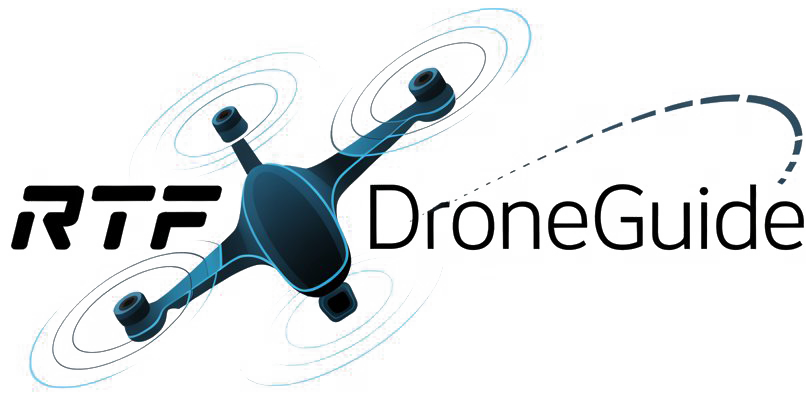
Removing propellers from tiny whoops (65mm, 75mm, and 85mm micro whoops) has always been a fiddly and frustrating task. If you’ve ever tried to pry off a stubborn prop, you’ll know how easy it is to crack a prop blade or even bend a motor shaft. In this guide, I’ll show you the most popular prop removal tools for whoops and explain their pros and cons.


See this post for my recommendations on tiny whoops and accessories:https://oscarliang.com/best-tiny-whoop/
Prying Tools

Most BNF tiny whoops come with a small prop prying tool in the box — which, in my opinion, is almost useless. While they’re small and convenient to carry around (you can even use them as a keychain), they bend easily if the props are on too tight.
One website that sells this tool don’t even try to hide the fact how bad they are in their product description, saying: “Don’t get your hopes up” — LMAO.

The biggest downside though, is probably the potential to damage the motors. On tiny whoop motors, the shaft is only press-fitted into the bell and secure with glue. When using a prying tool, the force pulls the shaft in the direction away from the bell. If the prop is on too tight, this can cause “slip shaft” and ruin the motor.
That’s why I almost never use this tool. But if you really want to give it a try, NewBeeDrone makes one of the best prying tool – it’s incredibly stiff and unlikely to bend: https://oscarliang.com/product-y54m
Prop Puller with Tapered Fork

The Prop Puller, aka Prop Popper, is one of the best gadgets introduced to FPV — it truly revolutionized the way we remove micro whoop propellers, making prop removals effortless.
You use it by inserting the tapered fork between the prop and the motor bell; as you squeeze the tool, a small pin pushes against the tip of the motor shaft, pulling the prop off the shaft. All the force is applied directly to the motor shaft, so it won’t cause slip shaft issues like prying tools often do.

However, this tool has a few caveats. It requires a small gap between the prop hub and the top of the bell to insert the fork. If the gap isn’t large enough, you’ll have to jam the fork in there, which can scrape the motor bell, or you could loosen the prop by hand first — either case risks pulling the shaft away from the bell. Also, using the tool incorrectly or at an angle can bend the motor shaft, potentially causing the motor to lock up.
Some people deliberately leave a small gap between the prop hub and motor bell to make future removal easier with this tool. Personally, I don’t think that’s a good idea — pressing props fully down is actually good practice. It helps reduce vibrations during flight and also provides extra support to the motor shaft, making it less likely to bend in a crash.
Get it fromAliExpress: https://s.click.aliexpress.com/e/_ooePRWd
Prop Puller with Wire Loops

This is an improved version of the traditional prop puller — instead of using a metal fork, it uses stiff wire loops. At the time of writing, this is probably my favorite tool for removing whoop props.
It comes with two interchangeable heads:
- One with three loops for tri-blade props
- One with four loops for quad-blade and bi-blade props
The design allows the loops to hold on to all the blades, so you can pull it off cleanly from the motor shaft without putting any stress on the motor bell.

This tool truly shines at removing props that are pressed all the way down with no visible gap between the prop hub and the motor bell — something the fork-style pullers and prying tools really struggle with.
However, it does have a few downsides. The stiff loops almost always causes damages to the props after removal, e.g. leaving small notches on the hub or slightly bending the blades. And if the prop already has a broken blade (which is often why you’re removing it in the first place), the tool may struggle to get a proper grip.
Get it from AliExpress: https://s.click.aliexpress.com/e/_omyQaTL
Using Your Bare Hands
Many experienced pilots often try to remove propellers by hand without using tools entirely (mainly because we are lazy). They grip the motor bell firmly with one hand and grab the prop by the hub with the other, then pull while gently twisting left and right to loosen it.Just like weight training, it can hurt your fingers at first — but over time, your grip strength improves, calluses form, and it gets easier. 😀
However, just like using a pry tool, this method puts a lot of force on the shaft and motor bell, which can also potentially lead to “slip shaft” issues.
Conclusion
If you fly tiny whoops regularly, investing in a good prop removal tool is absolutely worth it. It saves time, reduces frustration, and most importantly, minimizes the risk of damaging your motors.
As explained, none of the available tools are perfect, but the prop puller with loops stands out as the safest and most effective option. It’s better than prying props off with improvised tools or risking bent shafts with your bare hands.
If you’re tired of worrying about damaging motors while changing props, this little tool might just save your motors — and your sanity.



